Common Pindo Palm Pests – How To Control Pests Of Pindo Palm Trees
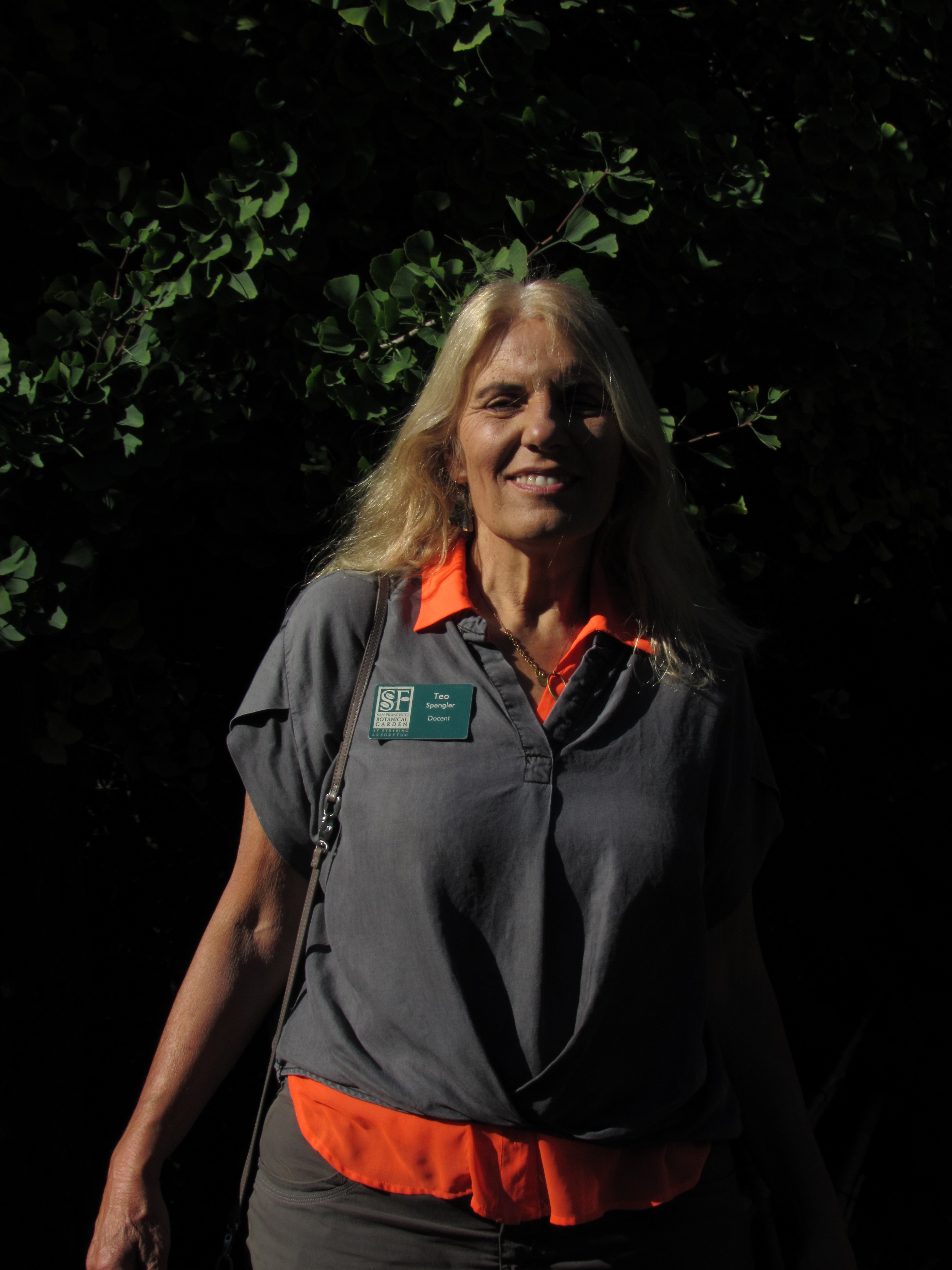
Pindo palm (Butia capitata) is a cold hardy little palm tree. It has a single stout trunk and a rounded canopy of blue-gray fronds which curve gracefully in toward the trunk. Pindo palms are generally very healthy trees if planted appropriately. However, there are a few insect pests of pindo palm trees, including the palm leaf skeletonizer and scale insect. For more information on pindo palm pest problems, read on.
Pindo Palm Pests
Pindo palms are small palm trees, no more than 25 feet (8 m.) tall and half that wide. They are ornamental and planted for their graceful fronds and showy yellow, date-like fruit clusters. The fruits are edible and very eye-catching. Pindo palms thrive in USDA plant hardiness zones 8b through 11. They are slow growing, attractive plants. Give it a warm, sheltered location, plenty of sun, and rich, well-draining soil to keep it healthy. While several serious diseases can attack landscape palms, if you select an appropriate site, plant it, and care for it properly, you can protect your plant. The same generally holds true for insect pests. Pindo palms grown outdoors suffer from very few insect pests. However, if the pindo palms are grown indoors, pests of pindo palms can include red spider mites or scale insects. Do not confuse scale insects with diamond scale, a disease. You may also find the palm leaf skeletonizer to be an occasional pest. As to additional bugs that affect pindo palm, the tree is said to be a minor host of palm-infesting whitefly, black rot of pineapple, South American palm borer, and the red palm weevil.
Gardening tips, videos, info and more delivered right to your inbox!
Sign up for the Gardening Know How newsletter today and receive a free copy of our e-book "How to Grow Delicious Tomatoes".

Teo Spengler is a master gardener and a docent at the San Francisco Botanical Garden, where she hosts public tours. She has studied horticulture and written about nature, trees, plants, and gardening for more than two decades. Her extended family includes some 30 houseplants and hundreds of outdoor plants, including 250 trees, which are her main passion. Spengler currently splits her life between San Francisco and the French Basque Country, though she was raised in Alaska, giving her experience of gardening in a range of climates.
-
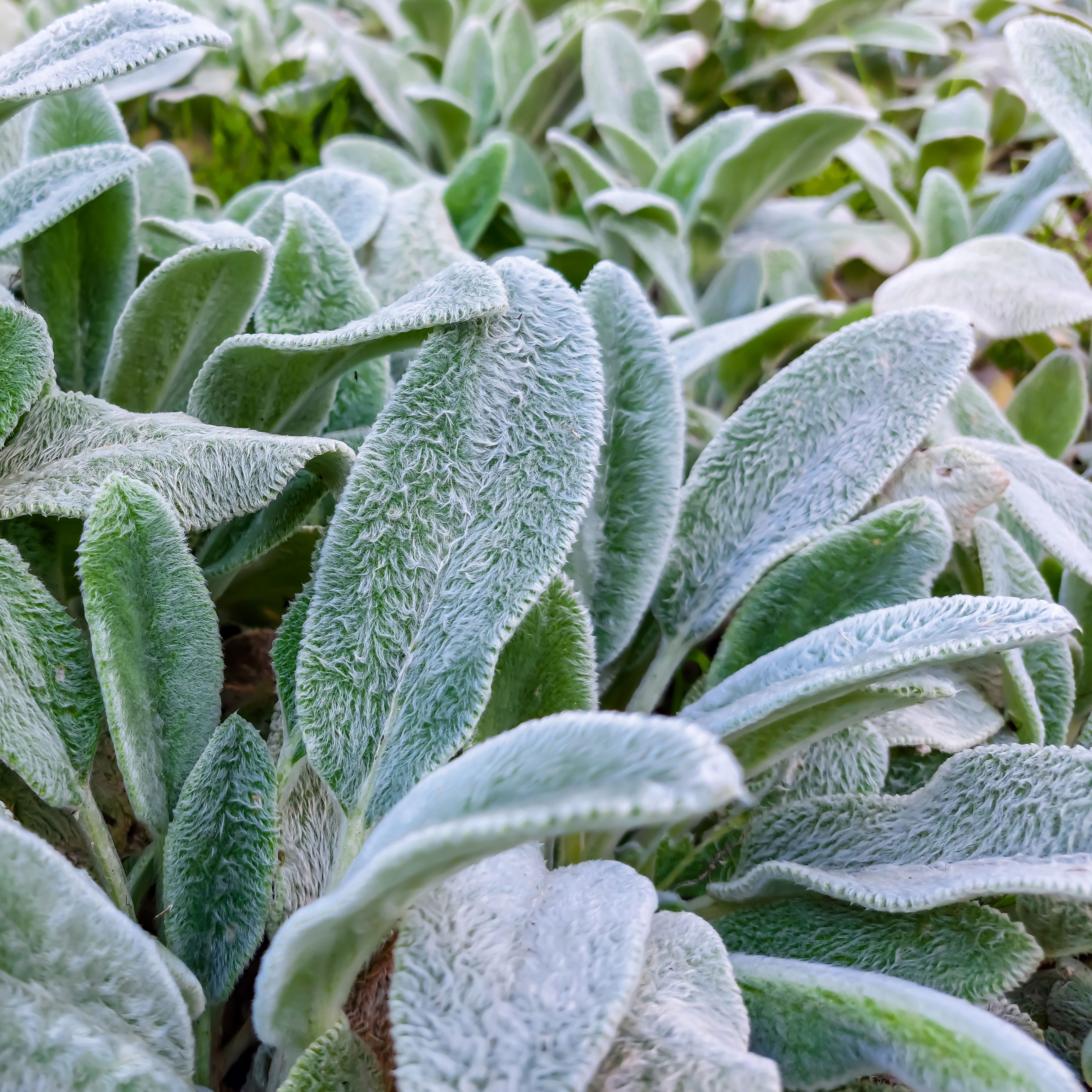 Looking For Plants To Give You The Soft And Fuzzies? Try These 5 Fuzzy Leaf Plant Options
Looking For Plants To Give You The Soft And Fuzzies? Try These 5 Fuzzy Leaf Plant OptionsLovers of texture, drama, silver foliage and tactile plants will adore these special sensory garden additions. These fuzzy leaf plant options will leave you all aglow
By Susan Albert
-
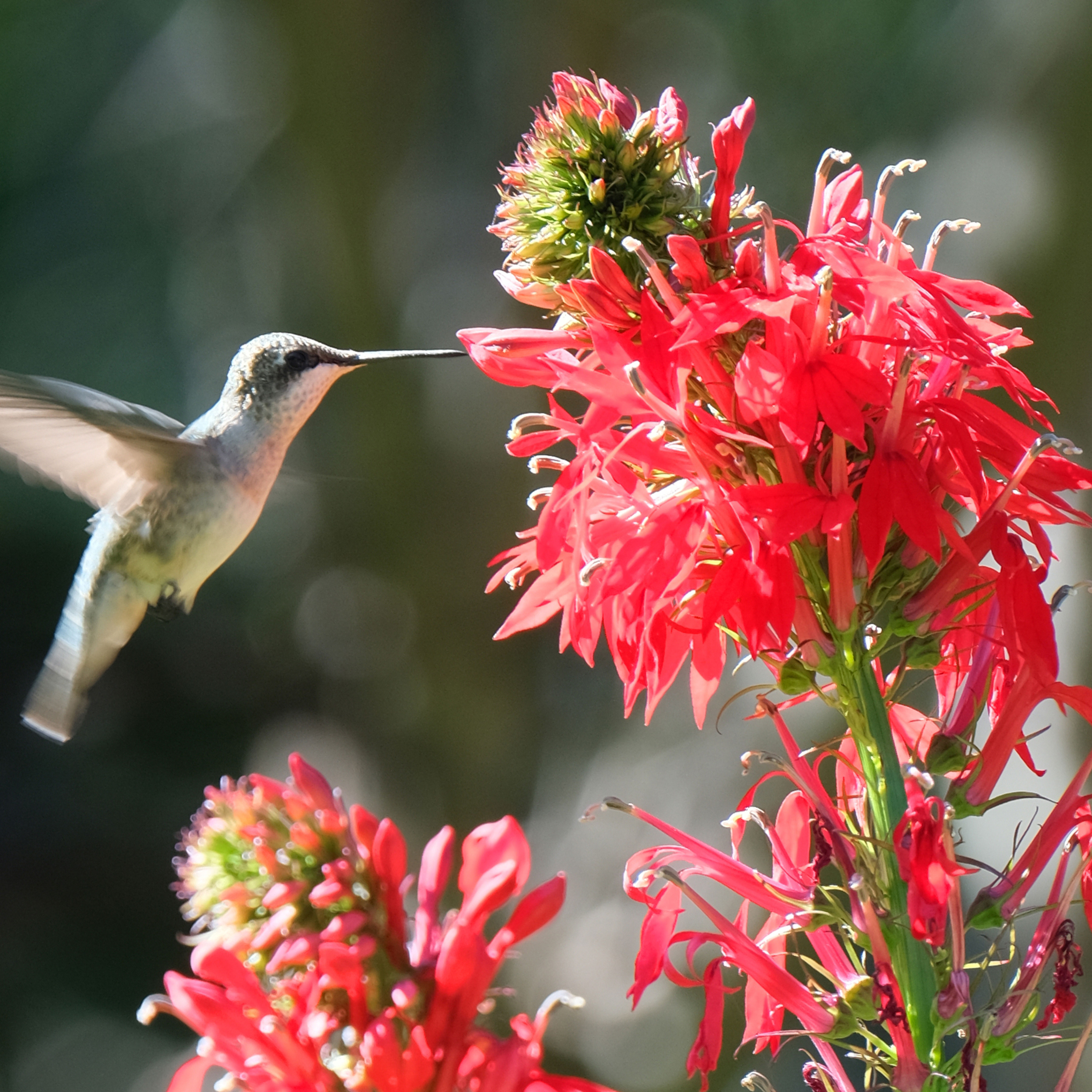 Get Ready For A Summer Of Hummers! Grow These Full Sun Hummingbird Plants and Flowers
Get Ready For A Summer Of Hummers! Grow These Full Sun Hummingbird Plants and FlowersIf you’re lucky enough to enjoy a sunny backyard, make sure you are maxing out on your pollinator opportunities and grow these full sun hummingbird plants and flowers
By Tonya Barnett
-
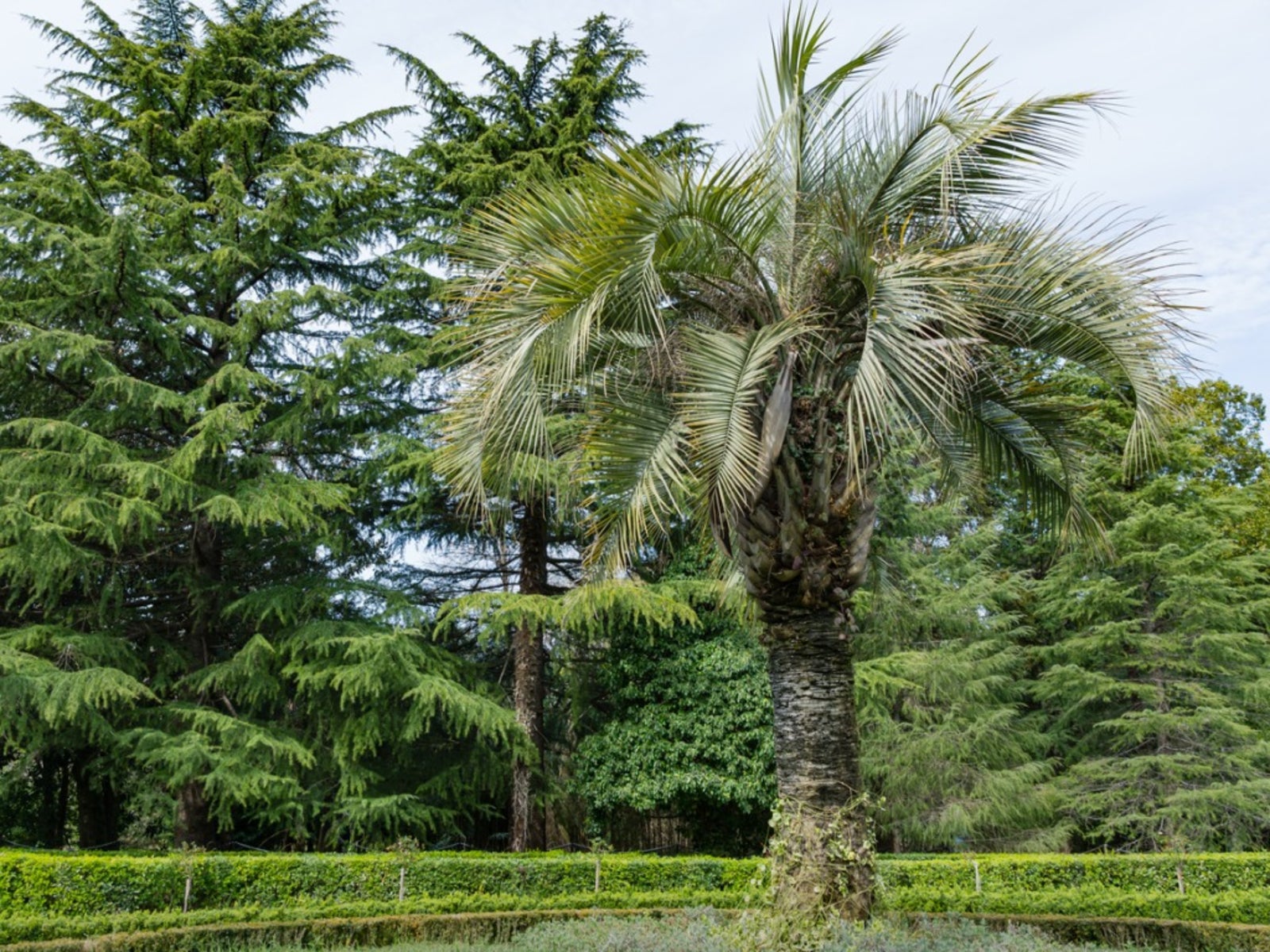 Is My Pindo Palm Dead – Treating Pindo Palm Freeze Damage
Is My Pindo Palm Dead – Treating Pindo Palm Freeze DamageCan I save my frosted pindo palm? Is my pindo palm dead? Even this tough palm can be damaged by a sudden cold snap. Click here and learn how to assess pindo palm frost damage. There’s a good chance the plant will rebound when temperatures rise in spring.
By Mary H. Dyer
-
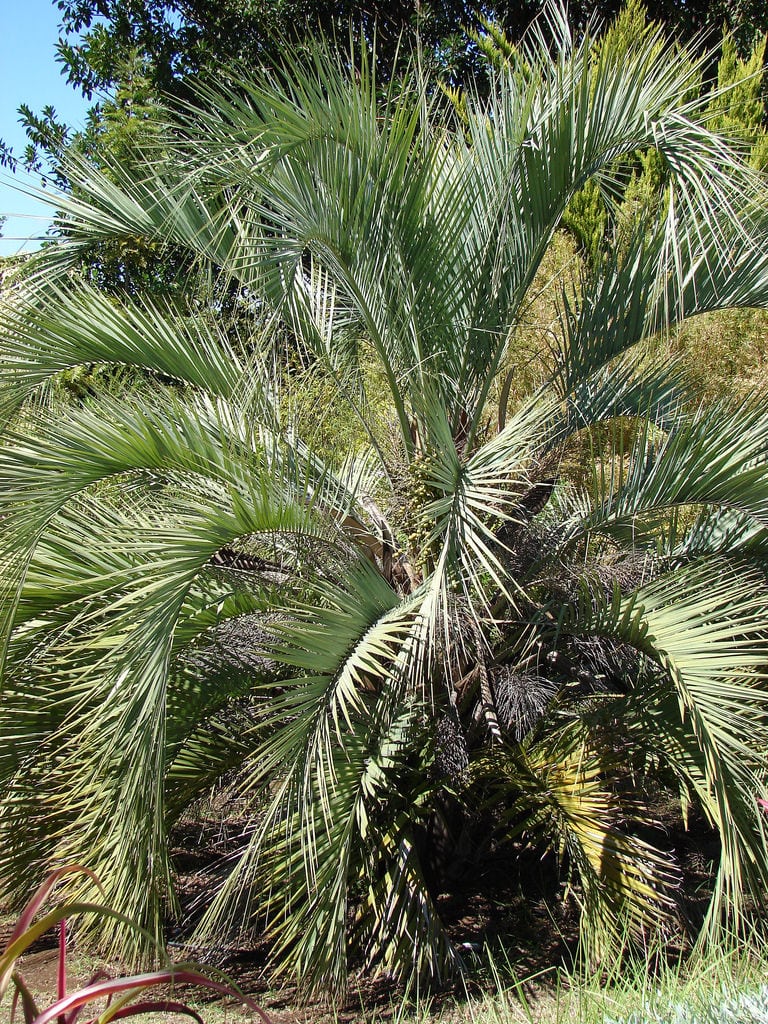 Pindo Palm Cold Hardiness – Can Pindo Palms Grow Outdoors In Winter
Pindo Palm Cold Hardiness – Can Pindo Palms Grow Outdoors In WinterYou may live where winter means sub-freezing temperatures and still be able grow pindo palm trees. It's possible for them to survive in your part of the world, but only with proper winter protection. For pindo palms, it's an ongoing process, and this article can help.
By Gardening Know How
-
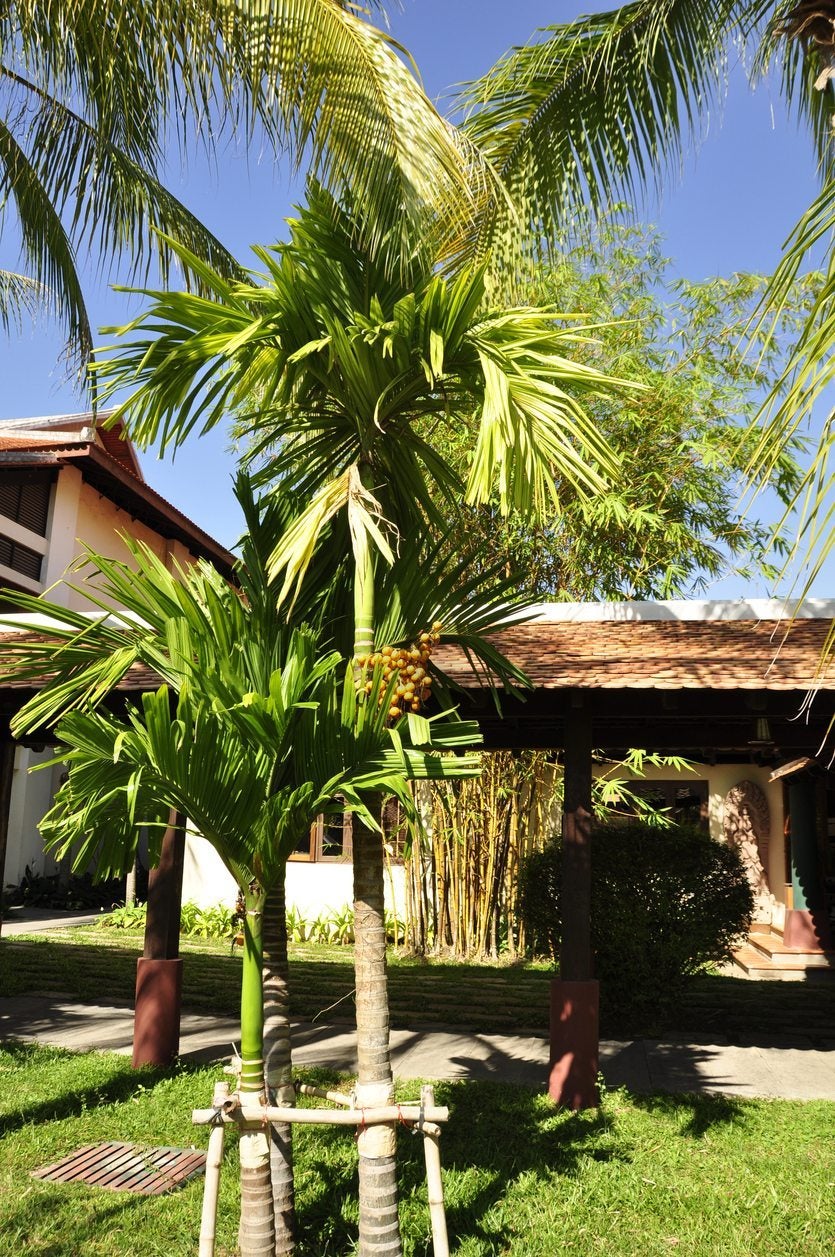 Pindo Palm Disease Info: Learn How To Treat Sick Pindo Palm Trees
Pindo Palm Disease Info: Learn How To Treat Sick Pindo Palm TreesPindo palm trees suffer from nutritional deficiencies but fungus or occasional bacteria are usually the causes of diseased pindo palm plants. Click this article for more information on pindo palm disease and what to do for prevention and control.
By Bonnie L. Grant
-
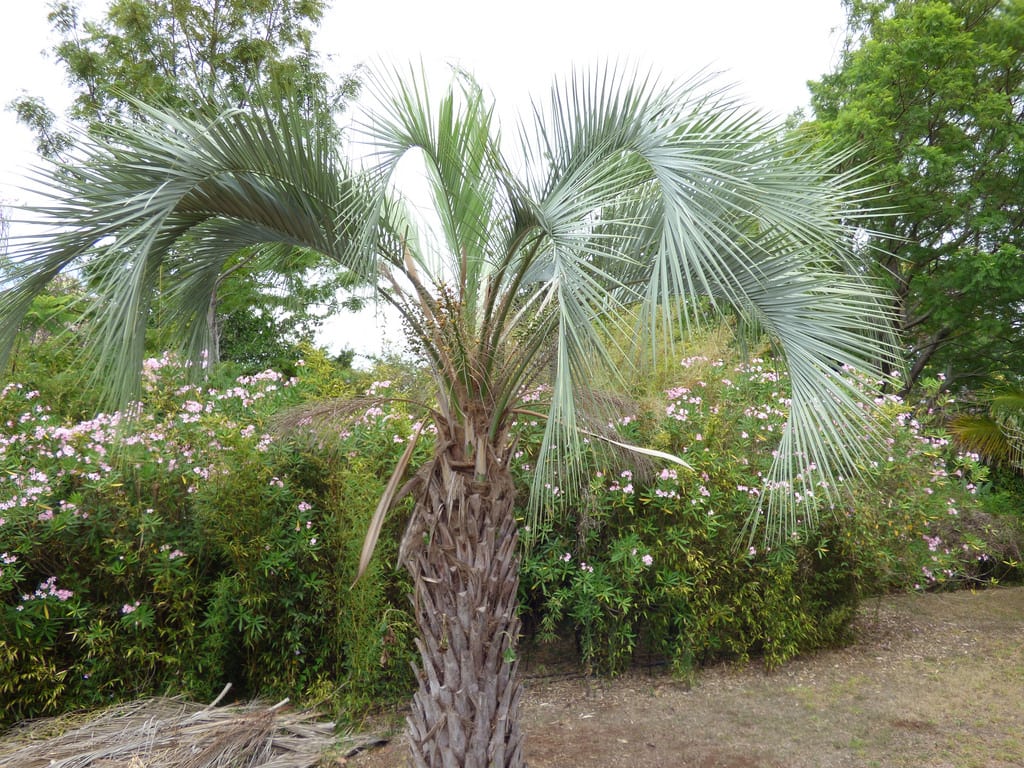 Pindo Palm Issues: Common Problems With Pindo Palms
Pindo Palm Issues: Common Problems With Pindo PalmsEven though they tolerate cold, you might still have issues with a pindo palm. Problems with pindo palms may be insect or disease related - or both. The following article contains information on common pindo palm problems and how to manage pindo palm issues.
By Amy Grant
-
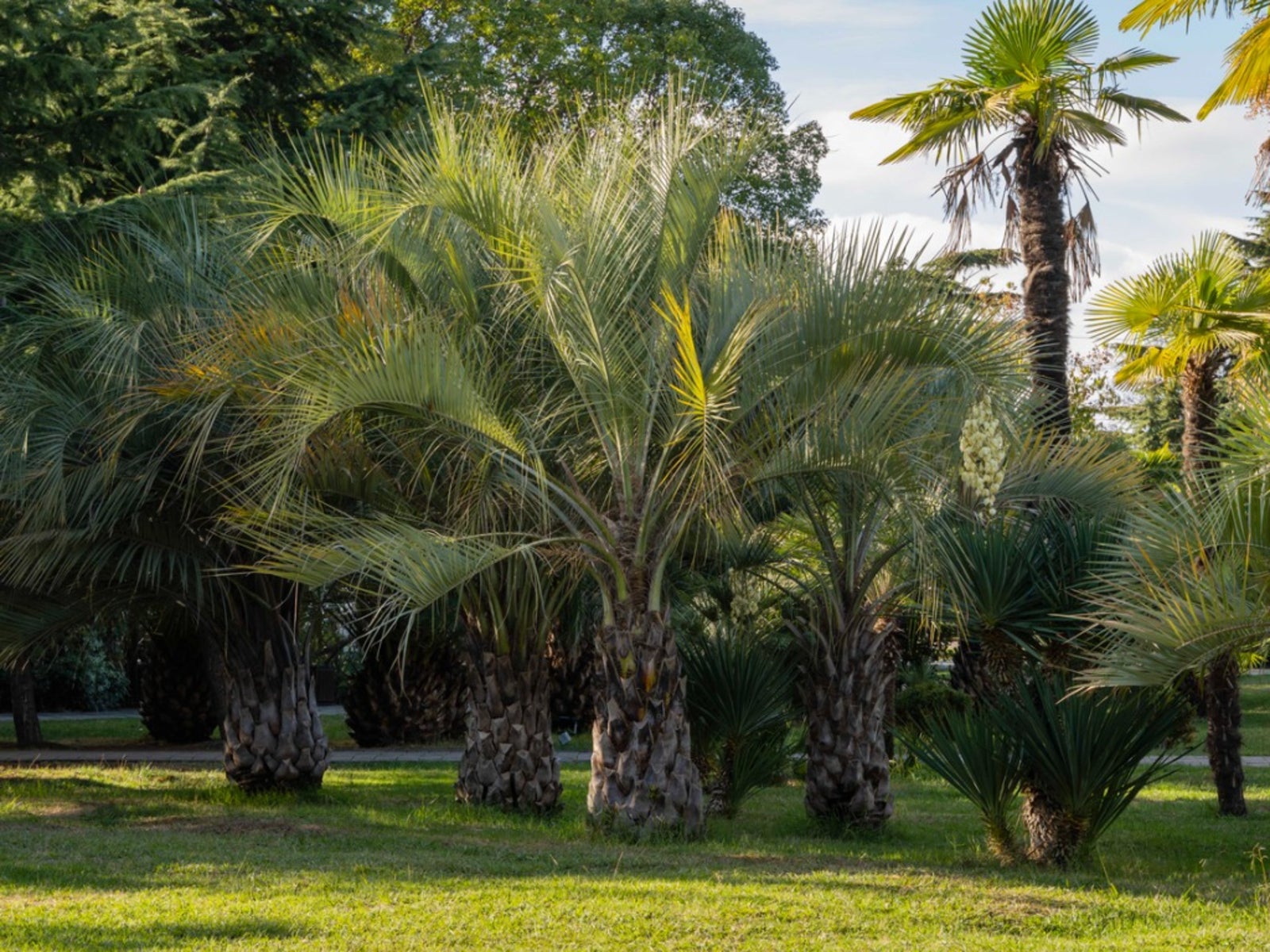 Pindo Palm Fertilizer Needs – Learn How To Feed A Pindo Palm Tree
Pindo Palm Fertilizer Needs – Learn How To Feed A Pindo Palm TreePindo palms are popular trees, especially in public landscapes. But homeowners and gardeners may find themselves wondering: how much fertilizer does a pindo palm need? Click here to learn more about pindo palm fertilizer needs and how to feed a pindo palm tree.
By Liz Baessler
-
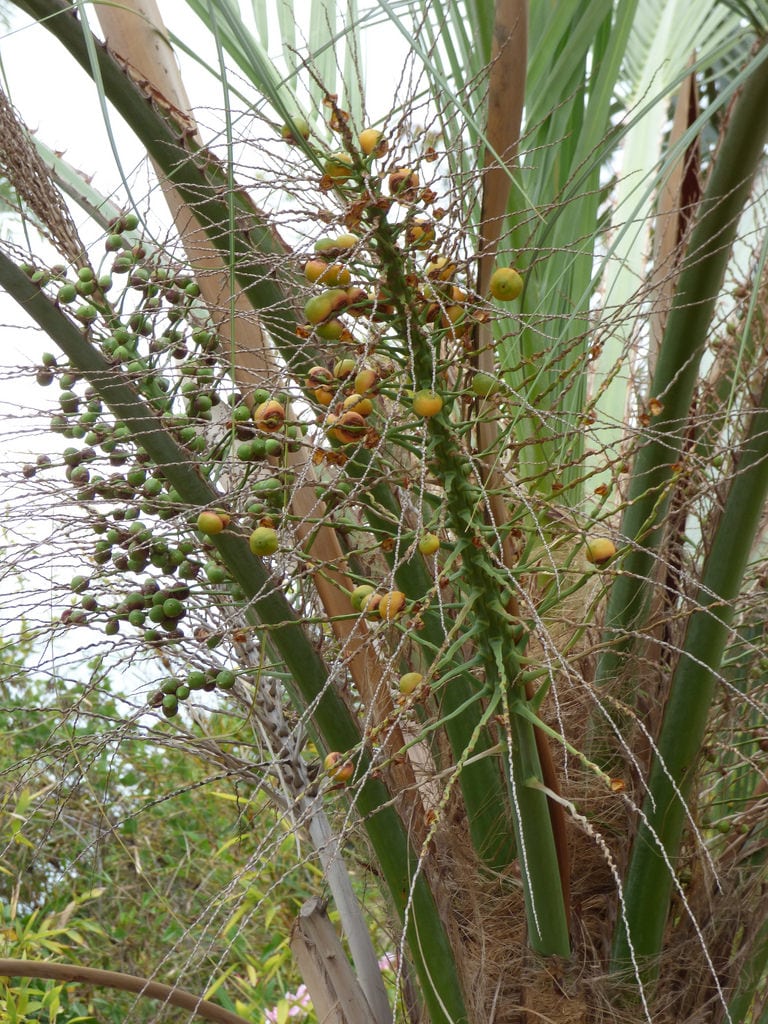 Pindo Palm Propagation: Learn About Propagating Pindo Palms
Pindo Palm Propagation: Learn About Propagating Pindo PalmsGerminating pindo palm seeds requires some patience and know how to get the process correct and achieve a baby palm. The following article outlines how to propagate a pindo palm with the steps needed for success. Click here to learn more.
By Bonnie L. Grant
-
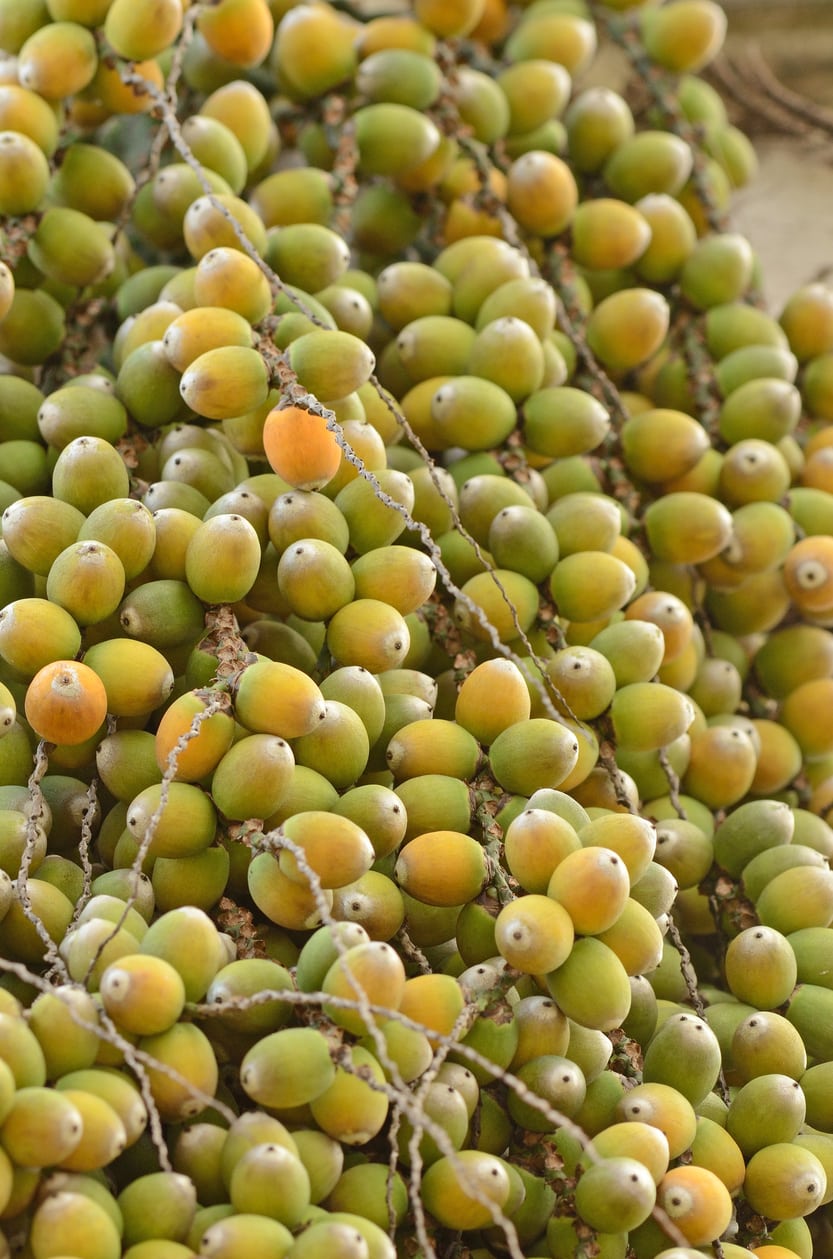 Jelly Palm Fruit Uses – Is The Fruit Of The Pindo Palm Edible
Jelly Palm Fruit Uses – Is The Fruit Of The Pindo Palm EdibleGrown both as an ornamental and for its tolerance to the hot, dry climate, pindo palm (jelly palm) trees bear fruit too, but the question is, "Can you eat pindo palm fruit?" Click this article to find out if the fruit of the pindo palm is edible and jelly palm fruit uses, if any.
By Amy Grant
-
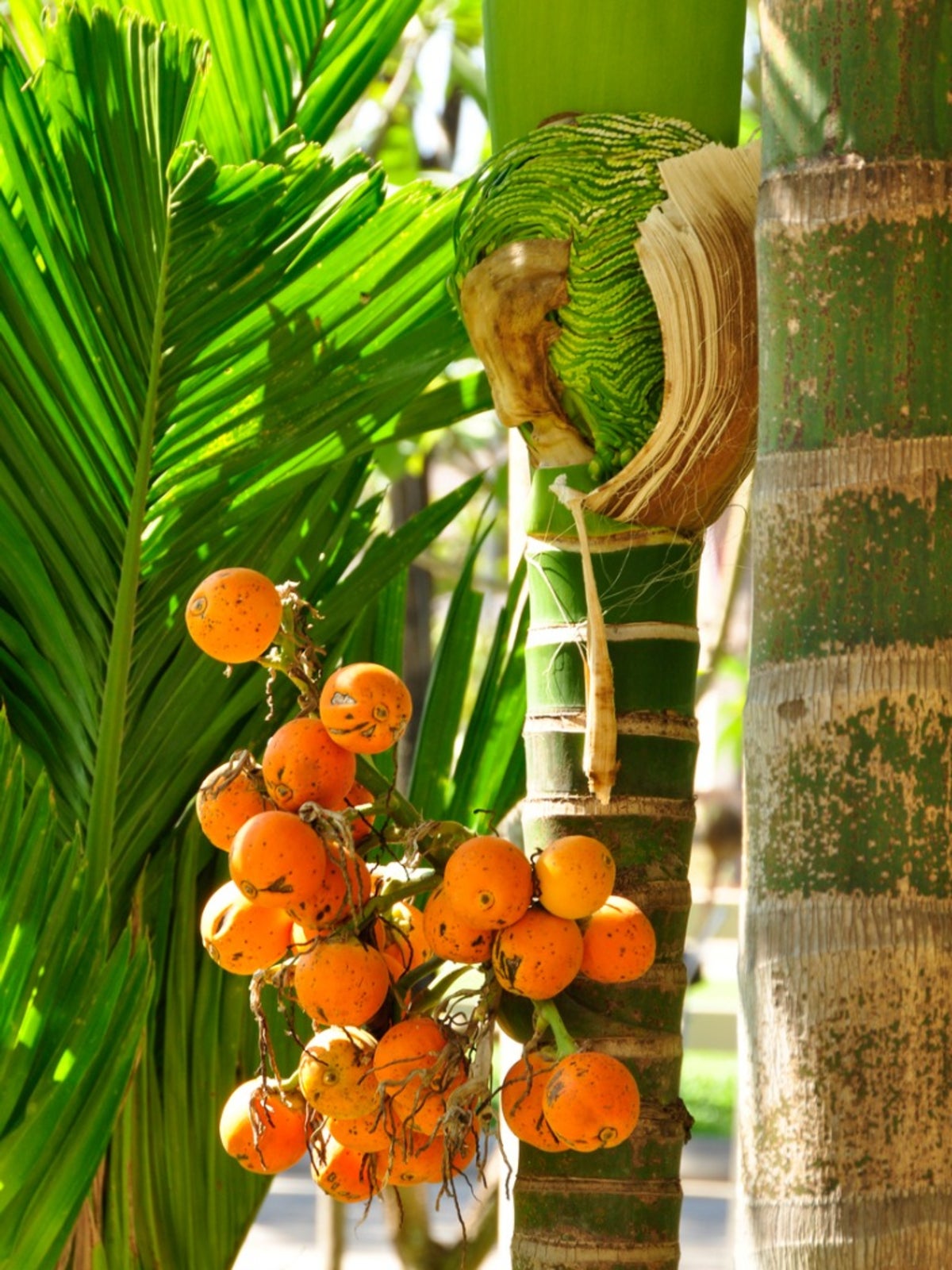 Caring For Pindo In A Container: How To Grow A Pindo Palm In A Pot
Caring For Pindo In A Container: How To Grow A Pindo Palm In A PotIt's easy and convenient to grow pindo palm in a pot or container since these palms grow very slowly. For more information about pindo in a container and the growth requirements for container grown pindo palms, this article will help.
By Teo Spengler